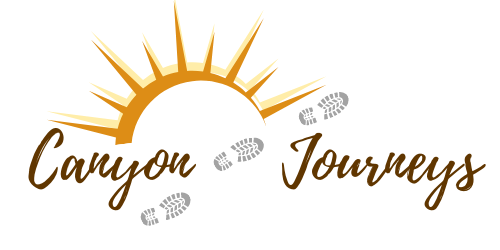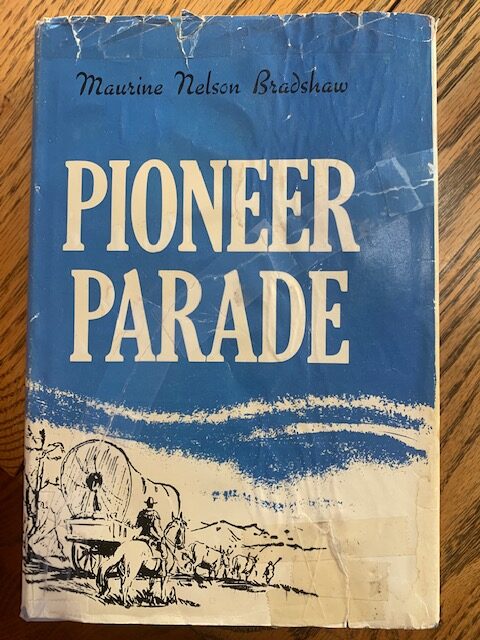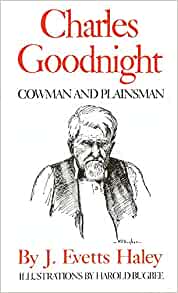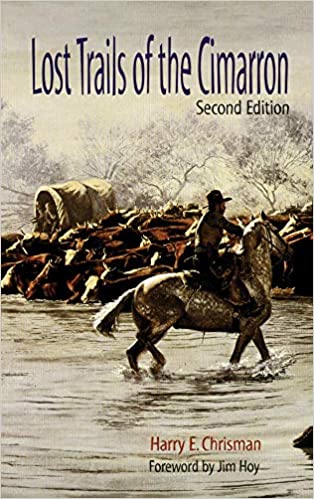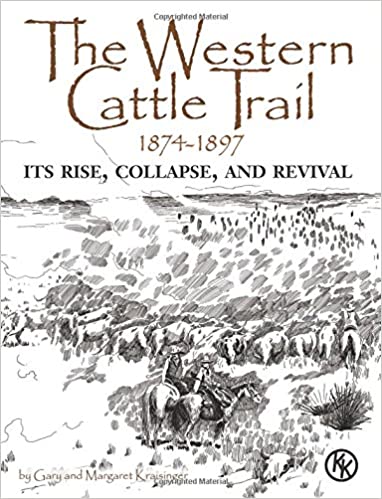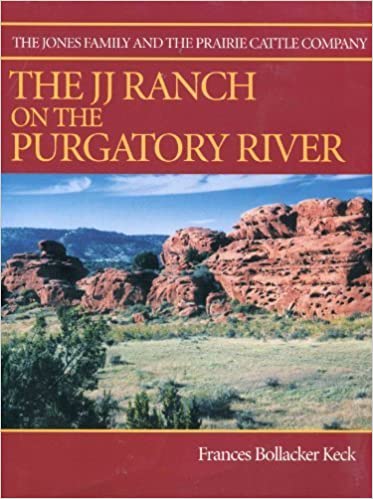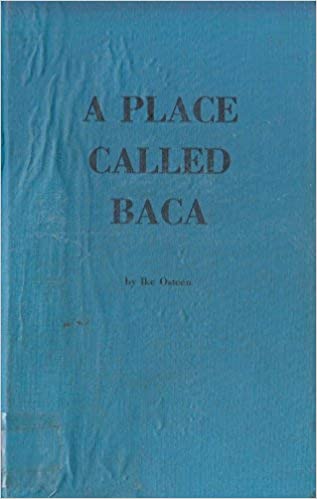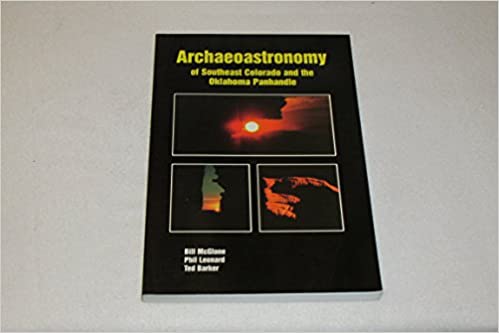…………and our reviews of each one!
Yes, all links are affiliate links. This means if you purchase through a link we provide you are helping supporting a small family owned business in rural Baca County, Colorado. You won’t pay any more for purchasing through these links than you would buying directly. Thanks for looking!
-Canyon Journeys
This is an amazing account of life in the epicenter of a disaster that compounded the already ongoing depression in the United States. It’s fascinating and extremely depressing read, but very well written and researched. The dustbowl happened in our backyard and the people who remain in this area live with the repercussions and ongoing threat of it to this day.
– Canyon Journeys
This is a rare and unique look into a now little known part of southern Colorado. What use to be one of the main thorough fares of the west is now a rural and lost part of the world. But these stories tell some of the many stories about the people who lived, explored, and passed through the region during the time of the explorers, Santa Fe Trail, open range ranches, and settlers. Higbee is no more than a name that you pass through driving south on Hwy 109 towards Kim, CO. The history of the area, however, is rich and fascinating and goes far beyond even this book.
-Canyon Journeys
This book is a great look at the western history of the cattle trails and the people who shaped them. We love it because of the Goodnight-Loving cattle trail that came right up through our back yard. We also love all of the history of our region in southeast Colorado, northeastern New Mexico, Oklahoma, and the Texas panhandle included in the book.
-Canyon Journeys
This book is such a wonderful picture of the cattle history in the region of southeast Colorado, Oklahoma Panhandle, Texas Panhandle and Kansas.
-Canyon Journeys
This book is a treasure. It discusses the many cattle trails and their various routes through the region. The map that comes along with the book is also valuable for research and/or display. We love it for the description of the 1875 New Goodnight Loving Cattle Trail that moved from over near Folsom to Kenton, OK and came up the Carrizo Creek to Carrizo Springs and north to Freezout Canyon and on to Granada via the Granada Wagon Road.
-Canyon Journeys
This book is super valuable to the history of southeast Colorado discussing in depth the first big foreign syndicate ranch in the United States the Prairie Cattle Company which bought the JJ Ranch in 1882. The ranch and its history impact the region of southeast Colorado in so many ways and this book is the best resource for this topic available.
-Canyon Journeys
This book is invaluable in its first hand accounts from settler families and relatives of the author who wrote the book. He has also done large amounts of research in county history including places, townsites, schools etc. We love it for the map that is included in the book. It has so much information about the county on it that we find it invaluable! This book can be hard to find – so snatch it wherever you come across it.
-Canyon Journeys
We love it for its discussion and ideas proposed about Crack Cave in Picture Canyon, The Anubis Caves in the Oklahoma Panhandle and the Sun Temple in southeast Colorado. There are several other sites mentioned in the Picketwire Canyon vicinity as well. This book challenges traditional archaeological thought and therefore presents a historically controversial point of view. It’s fascinating!
-Canyon Journeys
